If you’ve done any research into wildflowers or wild gardening, you’ve probably heard about milkweeds. These pretty and widespread wildflowers are super important for native biodiversity and can attract a lot of fascinating pollinators. You can find milkweeds throughout most of North and South America as well as part of Africa. In the U.S. alone, there are more than 70 species, with an estimated 200 worldwide. Let’s learn some cool facts about milkweeds in this Wildlife Spotlight post.
1. They are named after a god
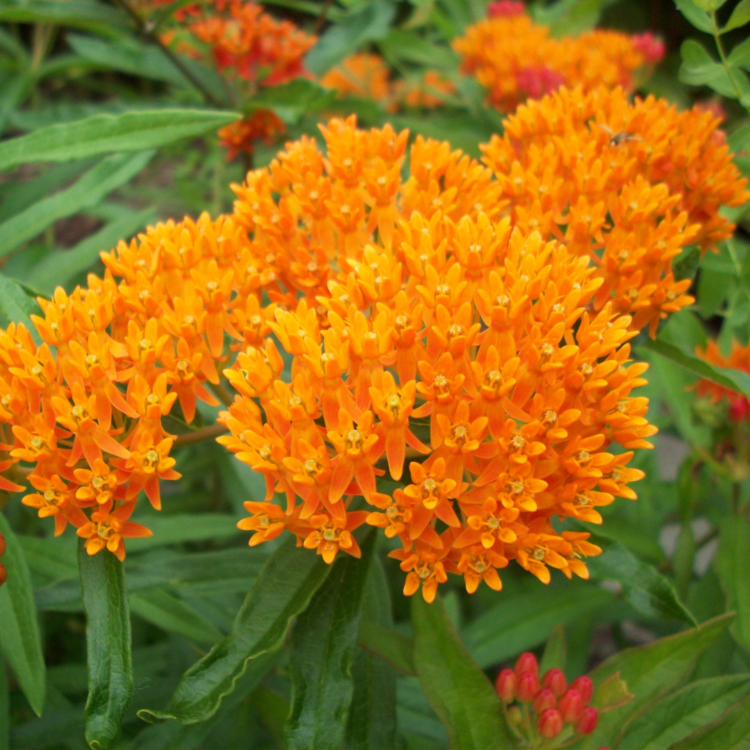
Yeah, you heard right. The scientific name for the milkweed genus, Asclepias, comes from Asklepios, the Greek god of healing and medicine. This is because they have been part of traditional medicine for millennia. For example, common milkweed (Asclepias syriaca) has been used for wart removal and healing respiratory problems. Interestingly, the specific epithet of the common species, syriaca, comes from Linnaeus’ belief that the species came from Syria.
2. Milkweeds produce toxic latex
The medicinal properties of this group of plants are mostly a product of the many chemicals in their leaves. Of course, milkweeds developed these to protect themselves from herbivores. These chemicals, including cardiac glycosides, are part of what scientists call the milkweed’s latex. Latex is a botany term describing an opaque, often white or milky liquid found inside of some plants. For example, rubber trees contain a chemical-filled latex that we use to make—you guessed it—rubber. The latex in milkweeds makes them poisonous to many plant-eaters, protecting the plants. However, as we’ll see later, it doesn’t work on all wildlife.
3. They support hundreds of wildlife species

Milkweeds are important wildflowers in their native ecosystems because of the many species they interact with in the food web. Their flowers are nectar sources for groups of insects, like
- butterflies
- native bees
- flower flies
- long-horned beetles
- wasps
I’ve seen dozens of insect species visiting milkweed flowers even during a short visit. Definitely consider adding milkweeds if you’re planning a wildlife garden!
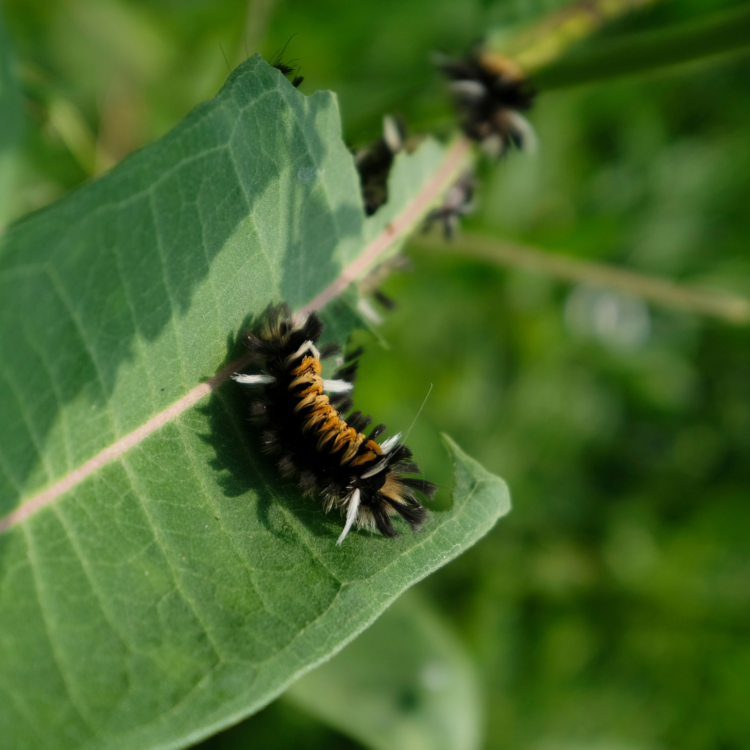
Meanwhile, an astounding number of insect species have adapted to feed on milkweed. The U.S. Department of Agriculture estimates that over 450 insect species in North America can feed on some part of the plant. These include:
- Milkweed tussock caterpillar (Euchaetes egle)
- Red milkweed beetle (Tetraopes tetraophthalmus)
- Large red-and-black milkeweed bug (Oncopeltus fasciatus)
- Small red-and-black milkeweed bug (Lygaeus kalmia)
- Oleander aphid (Aphis nerii, an invasive species)
- Cobalt milkweed beetle (Chrysochus cobaltinus)
Surprisingly, they’re capable of doing this despite all that poisonous latex. These bugs have all found ways to get around that poison, like having special enzymes to break it down, or places to store it in their own cells. Because of this, many of the critters you may find on milkweeds can’t be found anywhere else!
4. Milkweeds pass on their poison to insects
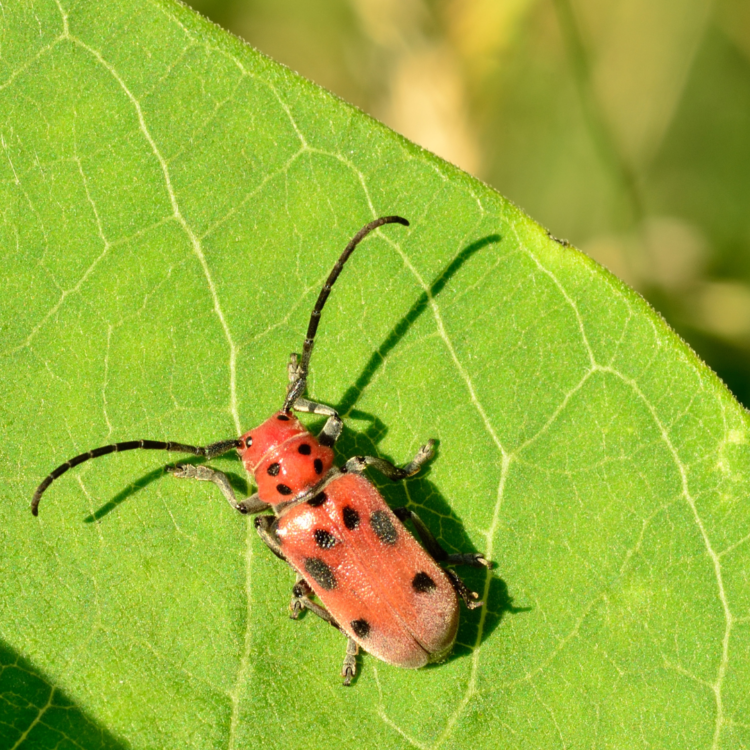
The idea of “you are what you eat” often rings surprisingly true in nature. Milkweeds and their insect specialists are no exception. Many of the bugs that eat these plants can store the poisons inside of their bodies.
You may notice that most of them are also very colorful. This is no accident. Instead, it’s an example of aposematic coloration, or warning colors. By eating so much toxic milkweed, these bugs become toxic themselves, and get protection from predators. Their bright colors remind predators that they are harmful to eat.
5. They have really complex and unique flowers
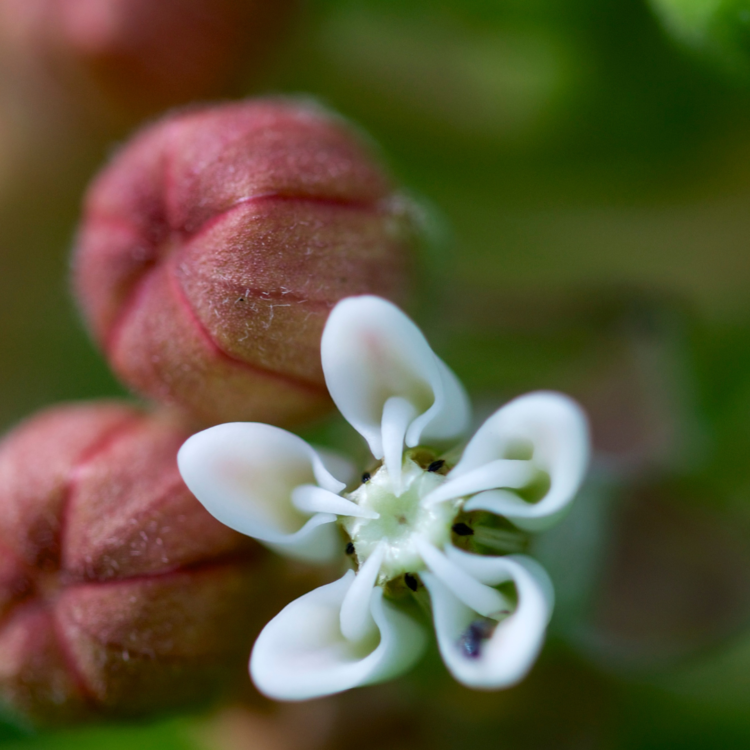
Milkweeds stand out from other plants by the structure of the flowers, which are strikingly unique. Here’s a quick list of their most notable features:
- They come in umbrella-shaped bunches (called umbels)
- Milkweed flowers have 5 parts, with some parts petals or sepals bent back toward the stem
- The reproductive organs (stigmas and anthers) are fused into a crown-shaped gynostegium
- Rather than being individual, they package their pollen into sacs called pollinia
6. Milkweeds use bees to “FedEx” pollen
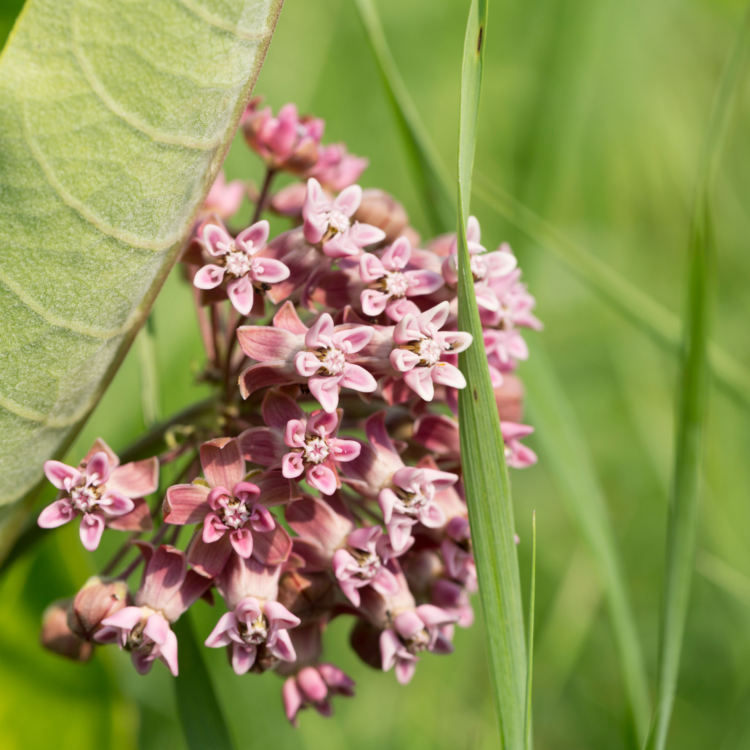
You might wonder whether milkweeds have a weird system for pollination given those weird flowers. Well, that’s absolutely right. Instead of dusting visiting insects with a powder-puff of pollen like many other species, milkweeds treat them as a package delivery service.
Specifically, tiny slits in the gynostegium act almost like traps that insects can get leg or foot stuck in. When this happens, the pollinia attach to the insect’s body. When it frees itself and leaves, it carries a little package of pollen to the next plant.
7. Milkweed seeds can be used for hypoallergenic pillows

After their flowers are pollinated, milkweeds produce chubby seed pods called follicles. These are stuffed with tiny seeds, each bearing a bunch of silken, fluffy hairs called the coma. When the follicles ripen, they split open, and the seeds are carried off in the wind by their plumes of fluffy hairs. The pappus, the fluffy hairs making up the coma, are hypoallergenic and super soft. They can be used for making allergy-free pillow stuffing!
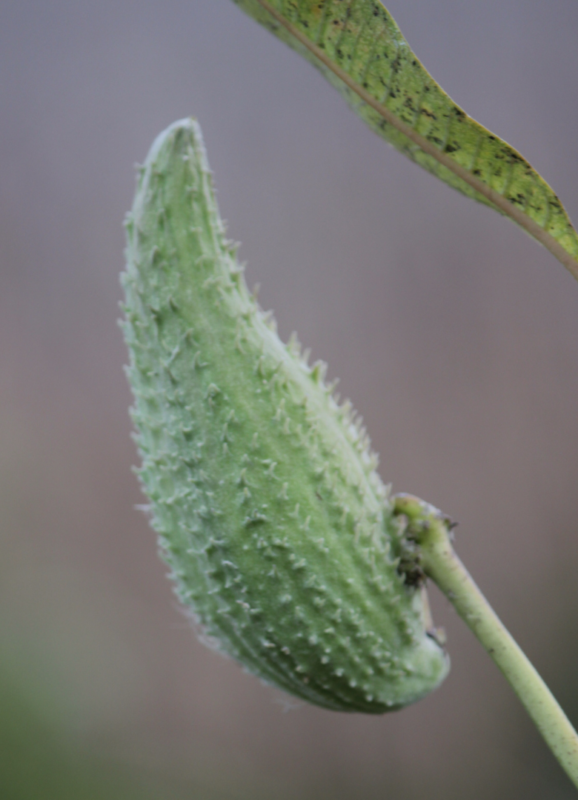
8. Milkweeds are essential for conserving the Monarch butterfly
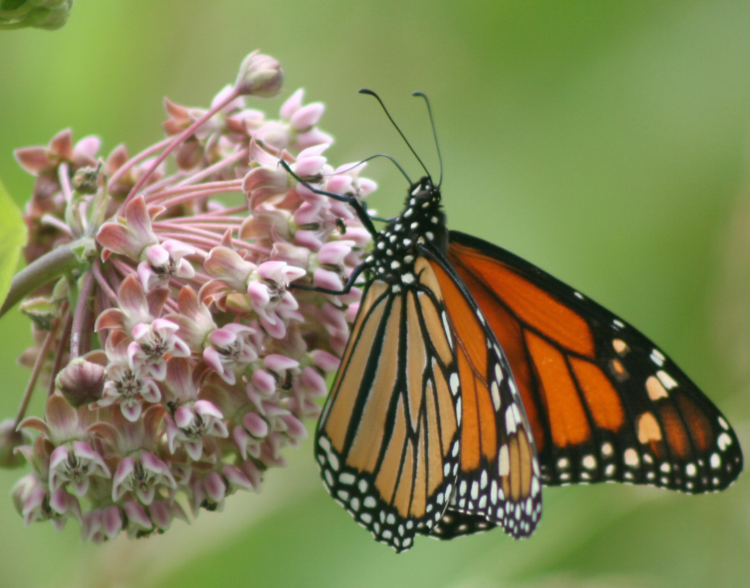
As you may have read, North America’s beloved migratory Monarch butterfly (Danaus plexippus) is now listed as endangered. These large, beautiful, and charming insects are emblematic of wild spaces in Mexico, Canada, and the U.S. Their incredible migrations, as much as 2,000 miles in a year, have astonished and fascinated naturalists for ages.
Unfortunately, their populations have been steeply declining. Although they face many threats, one of these is loss of habitat. In particular, meadows and fields that once harbored many milkweed plants have been disappearing. Since monarchs lay their eggs on milkweed, and their young are dependent on eating their leaves, this poses a huge problem.
Initiatives to plant milkweed are now popping up throughout North America to help conserve monarch. This humble plant could be the key to saving an iconic species!
If you want to learn more about the incredible journey of the monarchs, check out this Nature Guys Podcast episode on Bicycling with Butterflies.
9. There are milkweed species for almost all temperate habitats
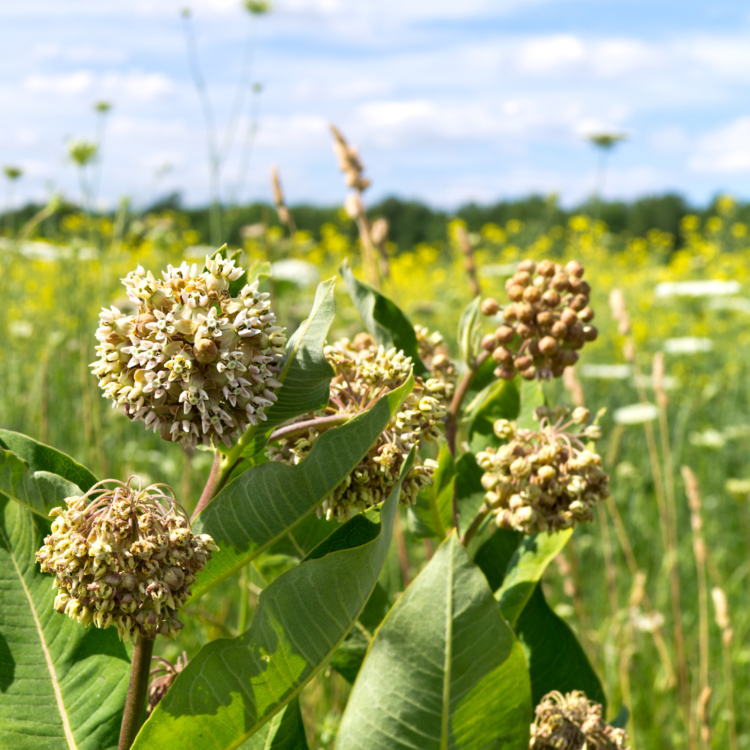
While many plant species can only be found in certain habitats, you can find some of the many species of milkweed in just about all kinds of natural places in their native range. In fact, there are particular species of milkweed that specialize in a variety of environments, including:
- Swamps
- Pond edges
- Open prairie
- Disturbed environments (abandoned lots & urban areas)
- Fencerows and gardens
- Dry chaparral and scrub
Want to learn more?
If you’re looking for more info on milkweeds, check out Nature Guys‘ episode Mighty Milkweed. Feeling more bookish? Here are some great book recommendations:
- Monarchs and Milkweed by Anurag Agrawal
- Milkweed, Monarchs, and More by Ba Rea, Dr. Karen Oberhauser, and Michael A Quinn
- Bicycling with Butterflies by Sara Dykman
Thanks for reading!
What milkweed fact surprised you the most? Share with us in the comments! If you’ve got a favorite plant or animal you’d like featured on Gulo In Nature, let me know via the contact form.

